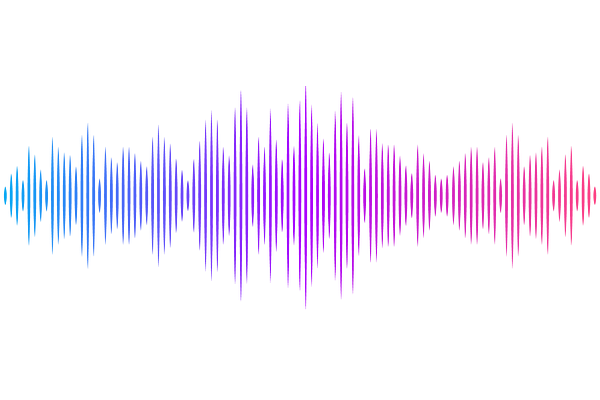VerteBrain reveals novel neural and non-neural protein assemblies conserved across vertebrate evolution

VerteBrain reveals novel neural and non-neural protein assemblies conserved across vertebrate evolution
Dang, V.; Voigt, B.; Yang, D.; Hoogerbrugge, G.; Lee, M.; Cox, R.; Papoulas, O.; McWhite, C. D.; Pradeep, R.; Leggere, J. C.; Gray, R. S.; Marcotte, E. M.
AbstractProtein-protein interactions underlie core brain functions, including neurotransmitter release, receptor activation, and intracellular signaling essential for learning, memory, and cognition. Here, we systematically map conserved brain protein interactions across five vertebrate species-rabbit, chicken, dolphin, pig, and mouse-using co-fractionation and immunoprecipitation mass spectrometry. From 2,197 biochemical fractions, we identify over 82,000 high-confidence interactions among 6,108 conserved proteins. This interaction map (VerteBrain) reveals both regulatory and structural complexes, including extensive synaptonemal protein associations likely involved in inter-neuronal coordination. Conservation across species underscores essential roles in neuronal and glial function, as well as in additional tissues for more widely expressed complexes. The VerteBrain dataset also uncovers candidate disease mechanisms, including roles for ARHGEF1 in short stature syndromes, synaptic vesicle trafficking complexes in epilepsy, and RELCH in congenital deafness. VerteBrain provides a publicly accessible framework for investigating brain protein interactions and their relevance to human neurological disorders.